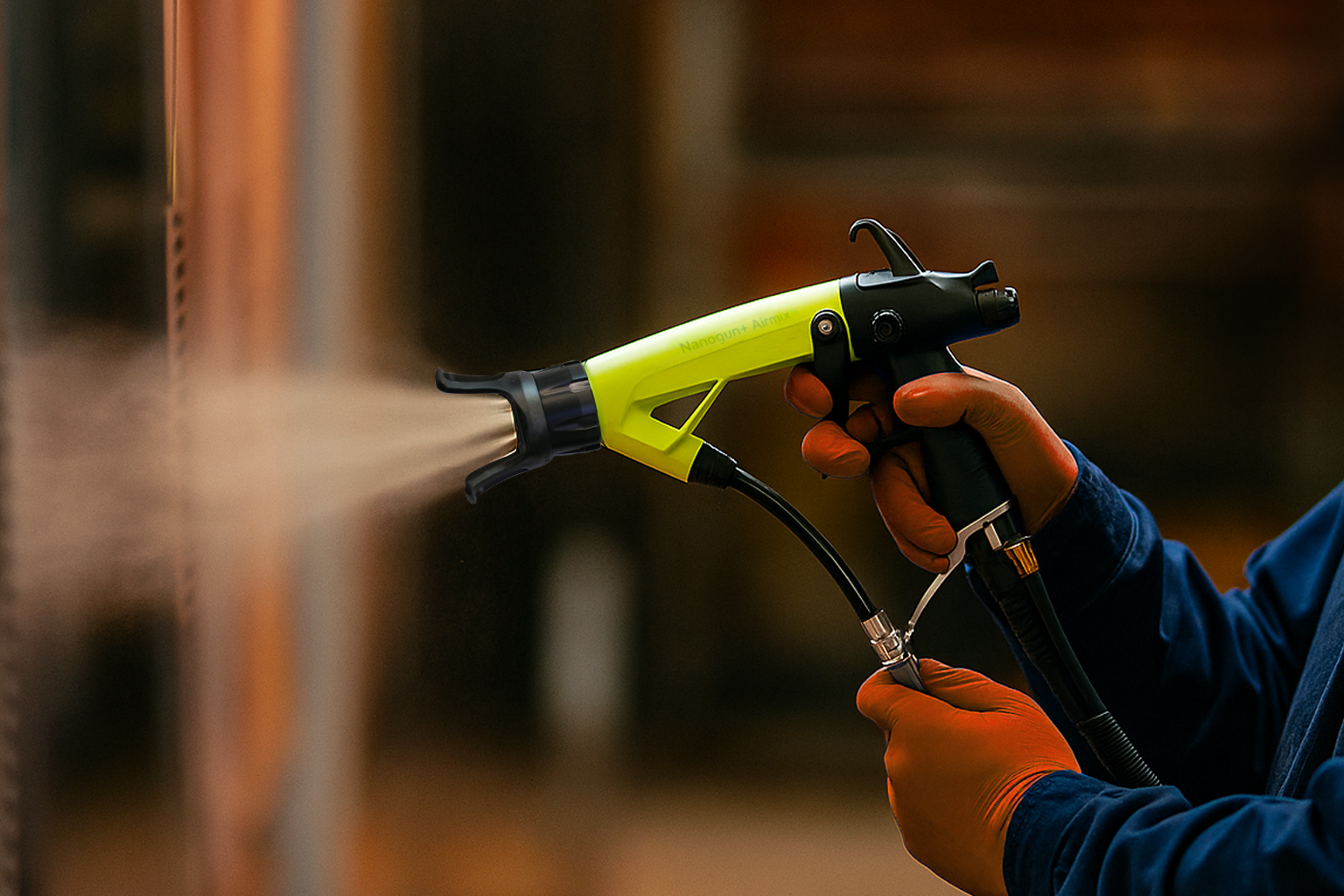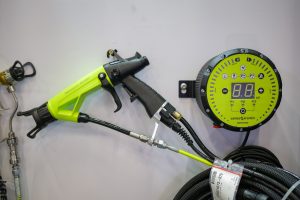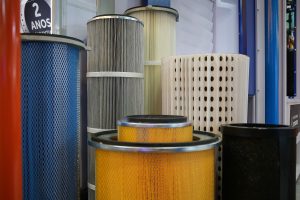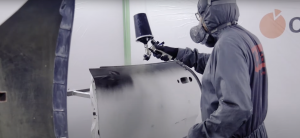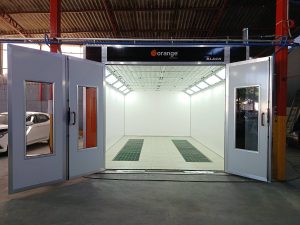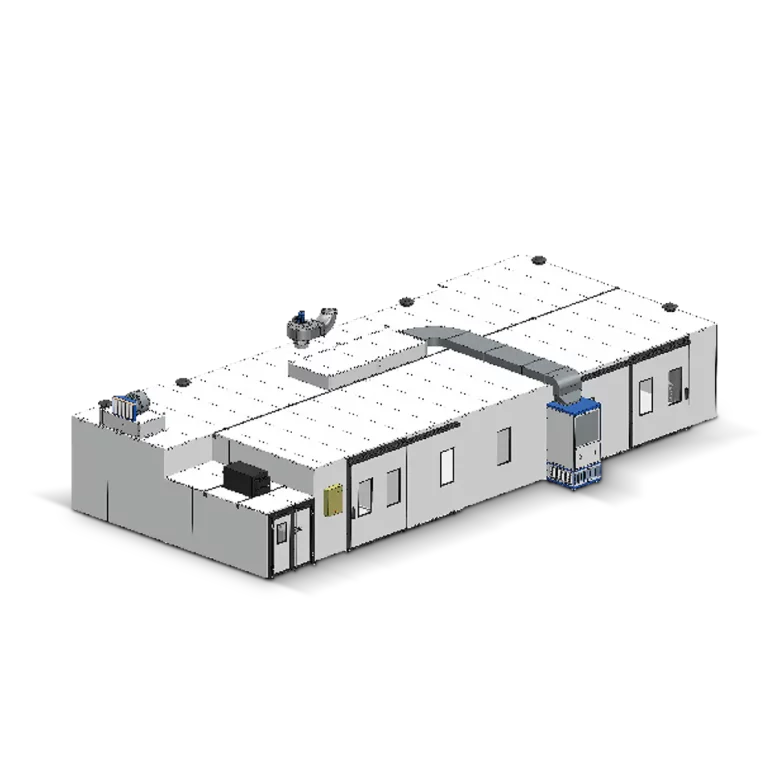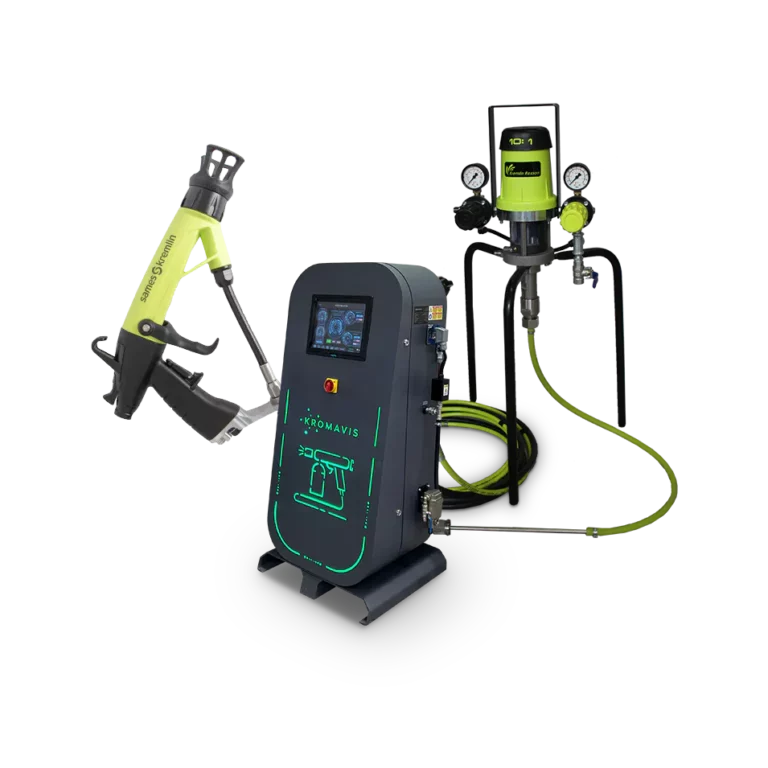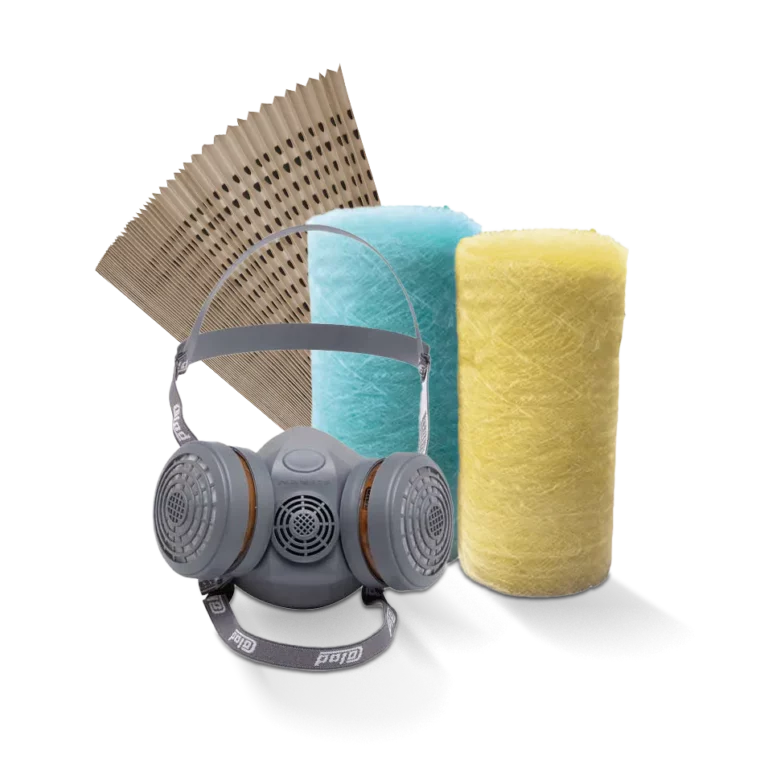Industrial painting is undergoing a significant transformation, driven by the need for more sustainable processes and innovative technologies. In this context, electrostatic powder coating emerges as a solution aligned with the environmental and economic demands of this century.
In this article, we discuss the relationship between sustainability and electrostatic powder coating, with the growing demand for environmentally friendly practices. We then explain the role of automation and Industry 4.0 in electrostatic painting through the integration of intelligent systems that are revolutionizing powder coating applications. Finally, we explore the future of this technology, highlighting promising innovations that promise to further raise industry standards.
Sustainability and electrostatic powder painting
Below, we list the main factors that link powder coating with sustainable practices related to this technology:
Environmentally friendly powder coatings
Because they are solvent-free, powder paints do not release volatile organic compounds, common pollutants in liquid paints, and the absence of these compounds not only reduces air pollution but also improves environmental quality within factories.
Furthermore, some formulations use renewable raw materials or materials with a lower environmental impact, contributing to sustainability. New research is seeking alternatives for creating more biodegradable and sustainable resins, such as plant-based polyester.
Processes minimize waste
Electrostatic powder painting allows the reuse of paint that does not adhere to the part, minimizing waste, as the use of painting booths with recovery systems ensures that excess powder is collected and used.
Another important point is that modern equipment features digital application control, ensuring the ideal paint layer thickness and reducing excess consumption. Similarly, the process requires thermal curing, but technological advances tend to reduce the required temperature, reducing energy consumption.
Powder paint recycling technologies
In electrostatic painting, closed-loop systems allow the capture and application of excess powders, reducing the need for new inputs, with some industries even using mixtures of recycled powders to create new colors and avoid waste.
New studies in the field are exploring ways to separate and reuse post-contamination in secondary processes, such as coatings for less demanding parts, with some companies incorporating recycled paints into industrial applications, such as painting less exposed metal structures.
Automation and Industry 4.0 in electrostatic painting

Below we present the relationship between automation and Industry 4.0 in electrostatic painting:
Integration of robotic systems
Painting robots are widely used in electrostatic paint application due to their high precision and repeatability. However, new integrations promise to become even more common in powder coating applications in the coming years. This is the case with artificial intelligence, which allows for automatic adjustments to application parameters, ensuring a uniform coating.
Similarly, computer vision systems identify imperfections and correct faults in real time. Machine learning software analyzes application patterns and optimizes processes, and integration with the Internet of Things (IoT) enables remote monitoring and preventive maintenance of equipment.
Precise parameter control
With integration with cutting-edge technologies, some activities can be performed with greater precision and quality. This is the case with smart sensors that monitor variables such as part temperature, ambient humidity, and electrostatic charge, adjusting them automatically. Precisely regulating the thickness of each paint layer, for example, prevents waste and improves finish quality.
In this context, climate-controlled painting environments guarantee ideal conditions for powder adhesion, avoiding defects such as orange peel and bubbles, and advanced control systems ensure that parameters remain stable throughout the process.
Cycle time optimization
The integration of new technologies with electrostatic powder coating, creating automated production lines, allows for faster and more continuous painting cycles, increasing productivity, which reduces the need for specialized labor, thus reducing costs and human error.
Furthermore, integrated systems enable more efficient production planning, reducing ink and energy waste. Ultra-fast curing technologies, using infrared or UV radiation, accelerate the process without compromising quality.
Data collection and analysis
With the help of sensors that record activities, real-time data can be analyzed, such as ink consumption, temperature, and other numbers that represent the system's efficiency. With the use of specialized software, it is possible to identify flaws and opportunities for improvement.
Those software They allow managers to visualize critical metrics, such as cycle utilization rate, and can be used to aid preventive maintenance. Furthermore, machine learning helps prevent ink consumption patterns, optimizing raw material inventory.
Impact on finishing quality
Automation ensures a more uniform and defect-free finish, reducing the need for touch-ups, and reduced human contact with chemicals reduces the possibility of occupational hazards such as inhalation and burns.
Automation also influences quality through controlled painting environments, eliminating factors that can compromise quality, such as climate variations and contamination.
The future of electrostatic powder coating
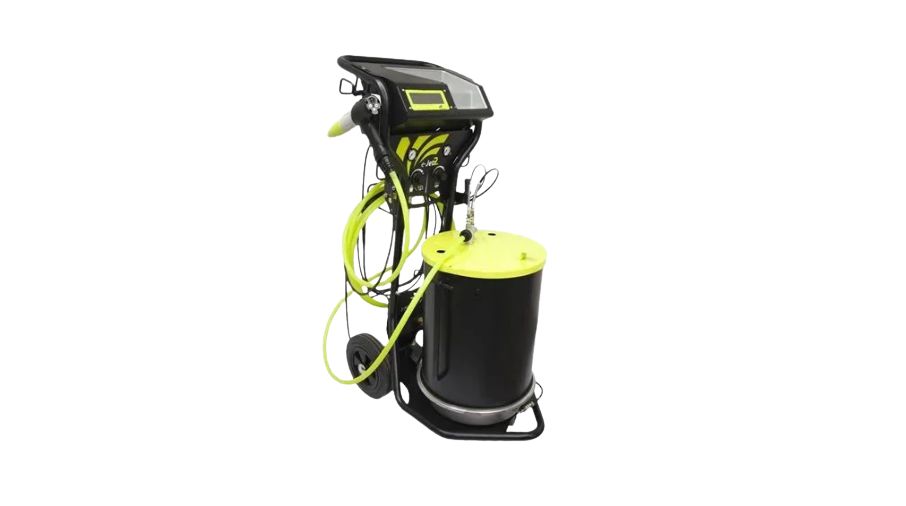
Below we present some future trends related to electrostatic powder coatings and their ramifications:
Trends and technologies for the coming years
The development of high-performance powder coatings with new formulations will enable greater chemical, thermal, and mechanical resistance, expanding industrial applications. Similarly, advances in curing technologies will enable applications on heat-sensitive materials such as plastics and wood, opening up new market opportunities.
Sustainability is another market priority, so processes that prioritize reducing environmental impact and minimizing waste, such as more effective paint recovery systems and formulas free of toxic substances, should become a priority.
Market growth and areas of greatest potential
The global powder coatings market is expected to continue growing, driven by sectors such as automotive, construction, aerospace, and electronics. Demand for premium and sustainable finishes is expected to increase, especially in architectural and industrial design applications.
The automotive sector is expected to expand the use of electrostatic powder coating on new components, seeking to reduce emissions of volatile organic substances and improve the durability of coatings, and new segments, such as electronic devices and medical equipment, may adopt powder coating due to its antimicrobial properties and superior durability.
Role of electrostatic painting in the future
Electrostatic powder coating will continue to be an essential solution for industries seeking efficiency, sustainability, and high-quality finishes. Advances in application technologies and paints will allow its use to expand to a wider variety of materials and products.
The industry's decarbonization trend will reinforce the importance of powder coating due to its lower pollutant emissions and better material utilization. As environmental and regulatory requirements evolve, electrostatic powder coating will be increasingly valued as a sustainable and economically viable alternative for the future of the industry.
Ready to take your industrial operation to the next level? Electrostatic powder coating is the key to more efficient, sustainable, and high-quality processes. Don't fall behind in adopting this innovative technology that is shaping the future of industry. Contact us and discover how we can help transform your production line, reducing costs and maximizing results.
Did you like this post? Share it with your friends or on social media. For more tips on painting and its equipment, visit our blog, always with exclusive content.
